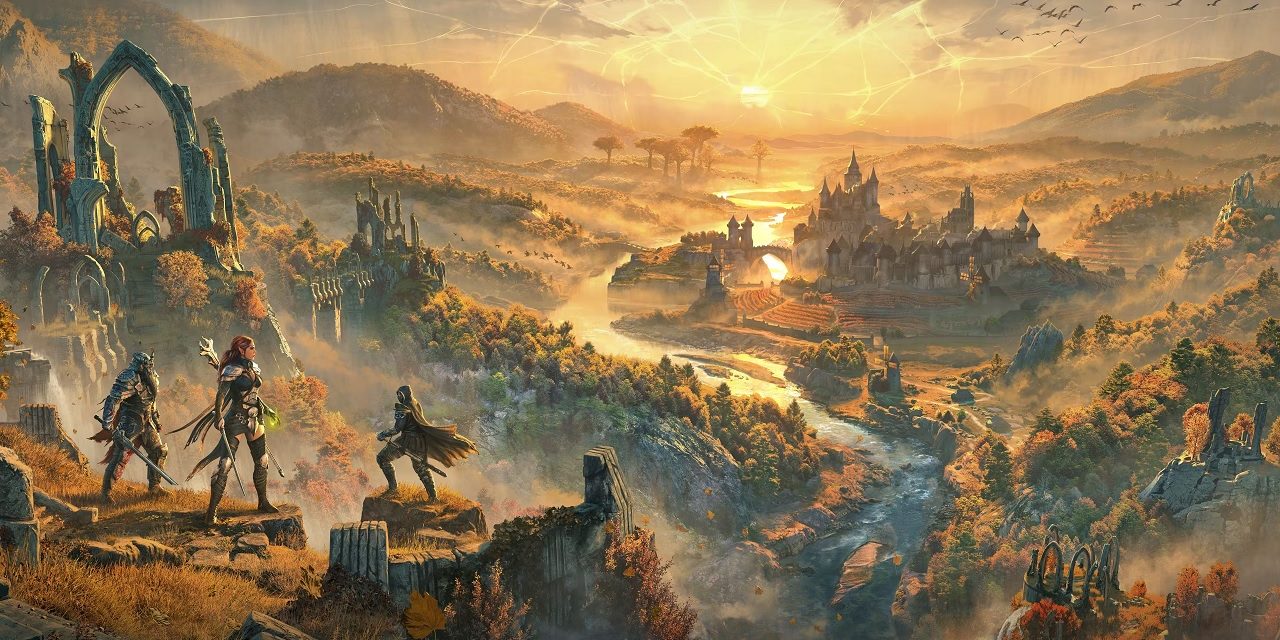Multimedia content is highly attractive because it delivers an experience for all the senses – verbal input is combined with visuals and audio for a unified sensation. Video games are among the best examples of such content, with the visual side carrying extraordinary importance (hence the name). The quality of graphics is one of the first things a player will notice, while poorly designed games can be borderline unplayable and impossible to enjoy.
Some of the lessons learned from mainstream game design are applicable in the field of iGaming, although usually with some modifications and adjustments. This is a very interesting area of overlap between the two industries, and it warrants a closer and more inquisitive look.
What Comprises the Visual Aspect of Games?
In practically every game, a variety of visual elements contribute to the overall impression and play necessary functions. This starts with the game world, which represents the background for all player activities and can be very detailed. Character design is another crucial visual task – the protagonist is the player’s in-game personification and the main agent for advancing the plot. Next, we can’t forget the graphic interface and command system, which are displayed on the screen and allow the player to control the character. That’s not all – usable items, dialogue boxes, battle effects… the list goes on and on. These elements can be presented in a lot of different ways, depending on the game requirements and the platform where it’s played.
Static vs. Dynamic Graphics in Video Games
One key dilemma when creating video games or iGames is whether to use static visuals or animated graphics. In some genres, immersive 3-dimensional space where everything can be interacted with is essential, but that’s far from universal. Simple graphics that remain in a fixed position can be a better solution for numerous tasks, and some games rely exclusively on this type of visuals. In general, static displays are preferable when there is a need to facilitate decision making and place an emphasis on the strategic level. On the contrary, rich dynamic visuals work better when the game developers want the player to think fast and react to rapidly unfolding events. Many games combine them skillfully, taking advantage of each type’s advantages.
Integration of Visual Stimuli into Gameplay
Much like video games, online games of chance require the player to respond to developments on the screen. Effective visuals are thus necessary to elicit the reaction and give the players enough information to make the right moves. For example, a first-person shooter game features incoming enemies that need to be eliminated, while any slot game found on WOOM.BET’s casino site features colorful symbols that reveal the outcome of a spin. While the stimuli may be different, in each case visuals are used for communicating with the player and manifesting game events. Visual communication supports a lot of nuance, so finding good ways to condense information through images is one of the more important tasks in game development.
Avoiding Overstimulation for Optimal Experience
When the screen is too busy and visually cluttered, it becomes very difficult to discern individual clues and correctly respond. There is a temptation for the designers to add more stuff just to make an impression, potentially damaging playability in the process. This can be an even bigger issue in iGaming, where players are risking real money and can’t afford any miscommunication. Finding the optimal balance between delivering timely and complete visual input and giving the player enough space to process it remains tricky even for the simplest games. User testing can remedy this problem up to an extent, which is why it’s commonly performed on high-budget projects.
Stylistic Value of Strong Graphics in Games
To put it simply, any game has to look good or the players won’t bother learning how to play. The backgrounds have to be convincing, the characters must be relatable and memorable, and in-game interactions must be executed smoothly. On top of all that, a game should follow a well-defined aesthetic that fits the expectations of the audience. However, different game genres have different priorities that must be taken into account when managing the visual side of a project. It makes no sense to spend a huge amount of time designing amazing characters in a game where they are not a focal point, such as in an online casino setting where pragmatic visuals are the standard
Building a Consistent Visual Identity
All of the elements considered above need to be connected together in a coherent way that will be associated with the game and give it a unique identity. The color schemes, visual themes, and stylistic choices are just parts of this identity. For example, the most successful video games can be instantly recognised based on just a few frames and they build upon this familiarity to earn trust of the players. At the same time, a game must stand out from its rivals at first sight, or it may never be noticed. This may be a bit more difficult to achieve in iGames which use a smaller number of visual elements, so the match between them has to be even tighter.











![[Rumor] Capcom is reportedly working on a new Dead Rising](https://vgleaks.com/wp-content/uploads/2025/12/capcom-logo-150x150.jpg)

